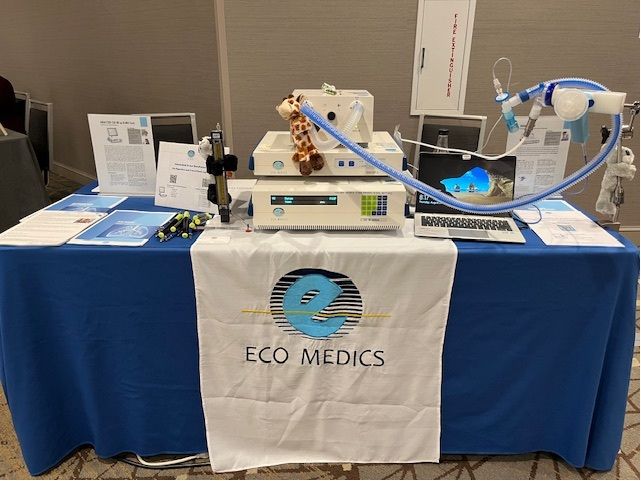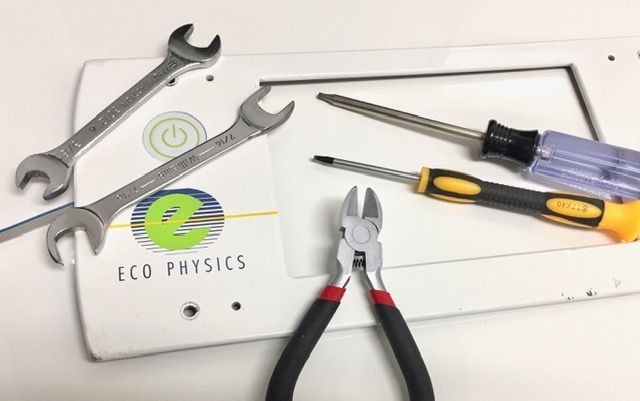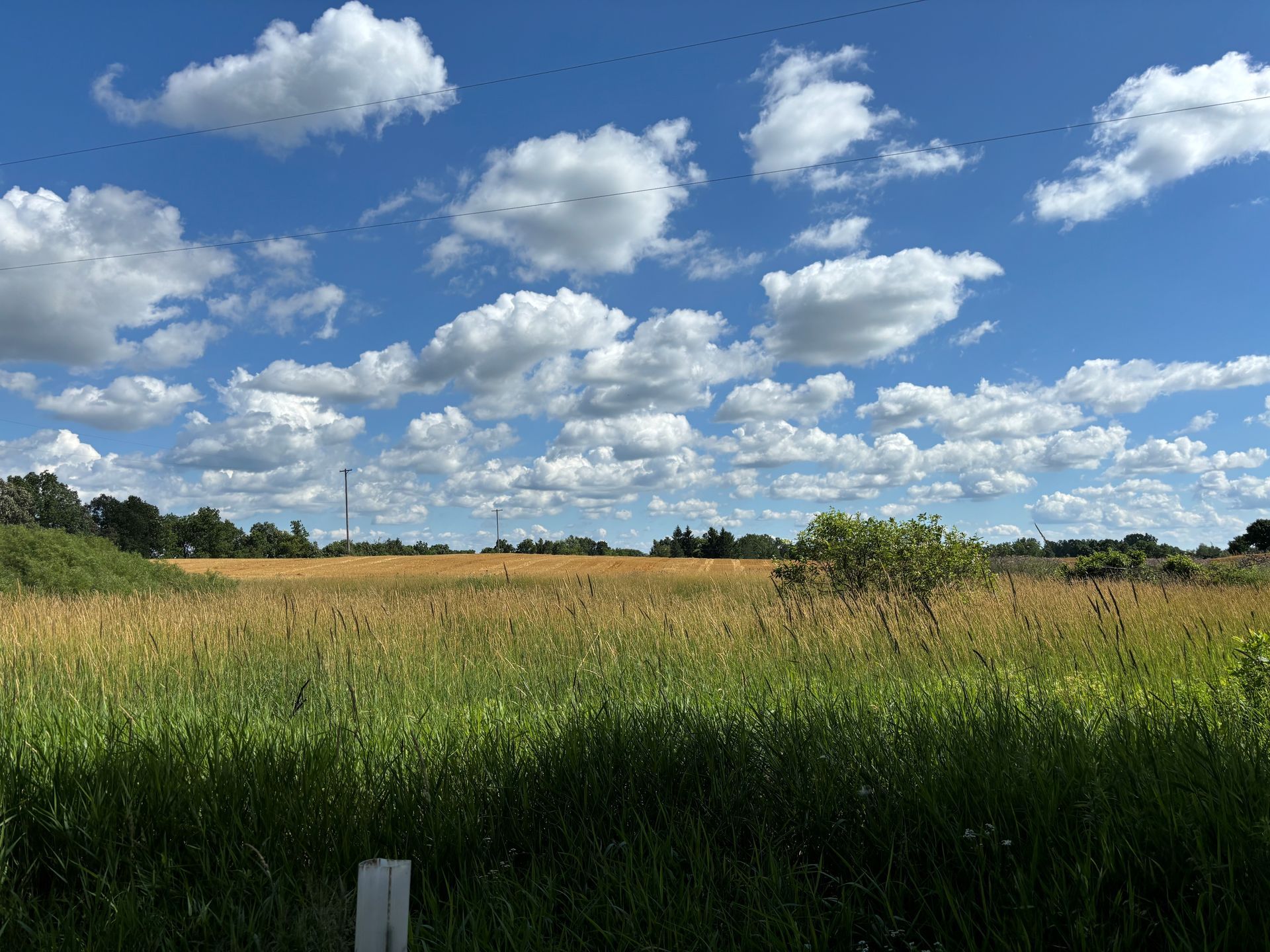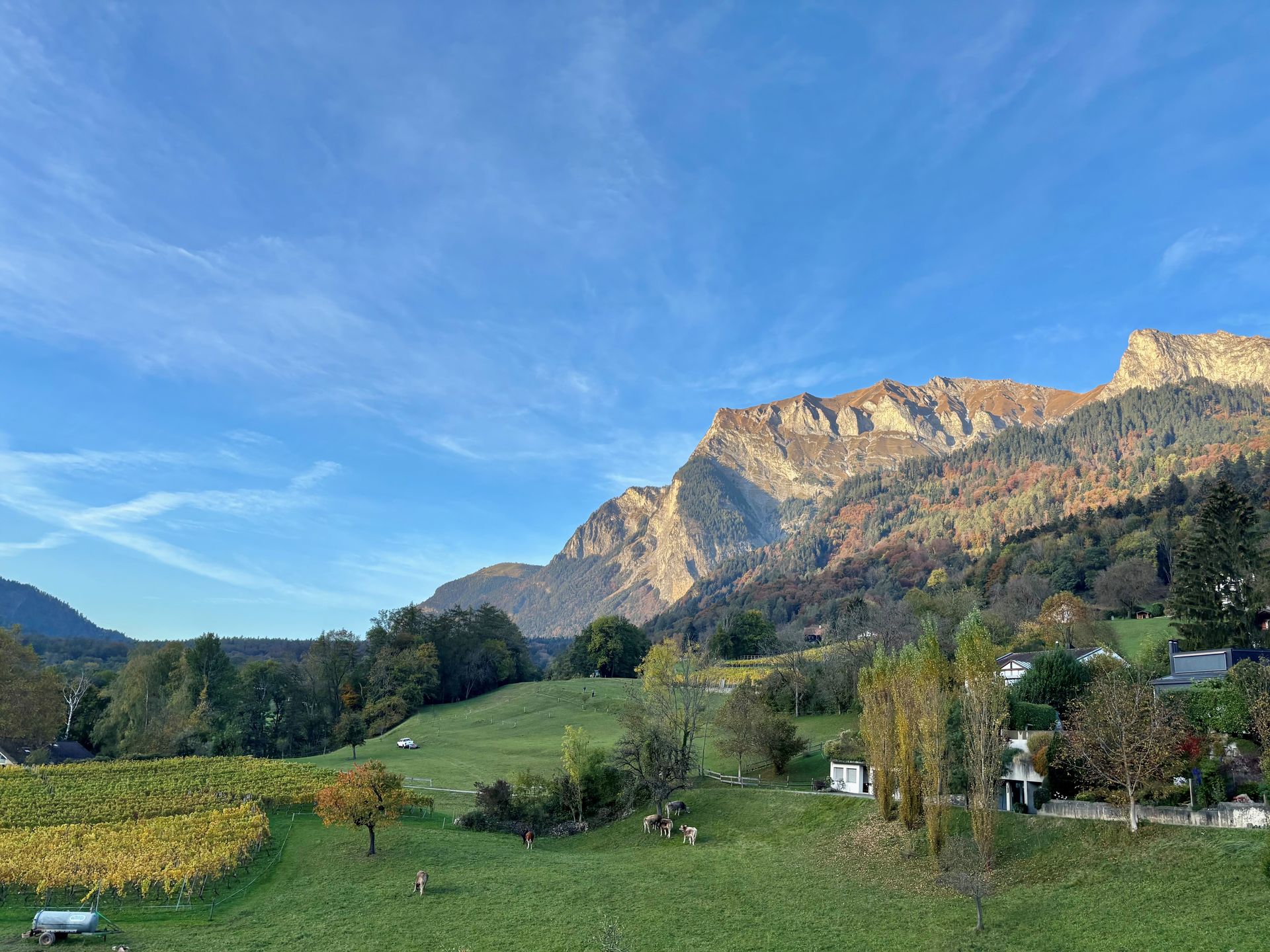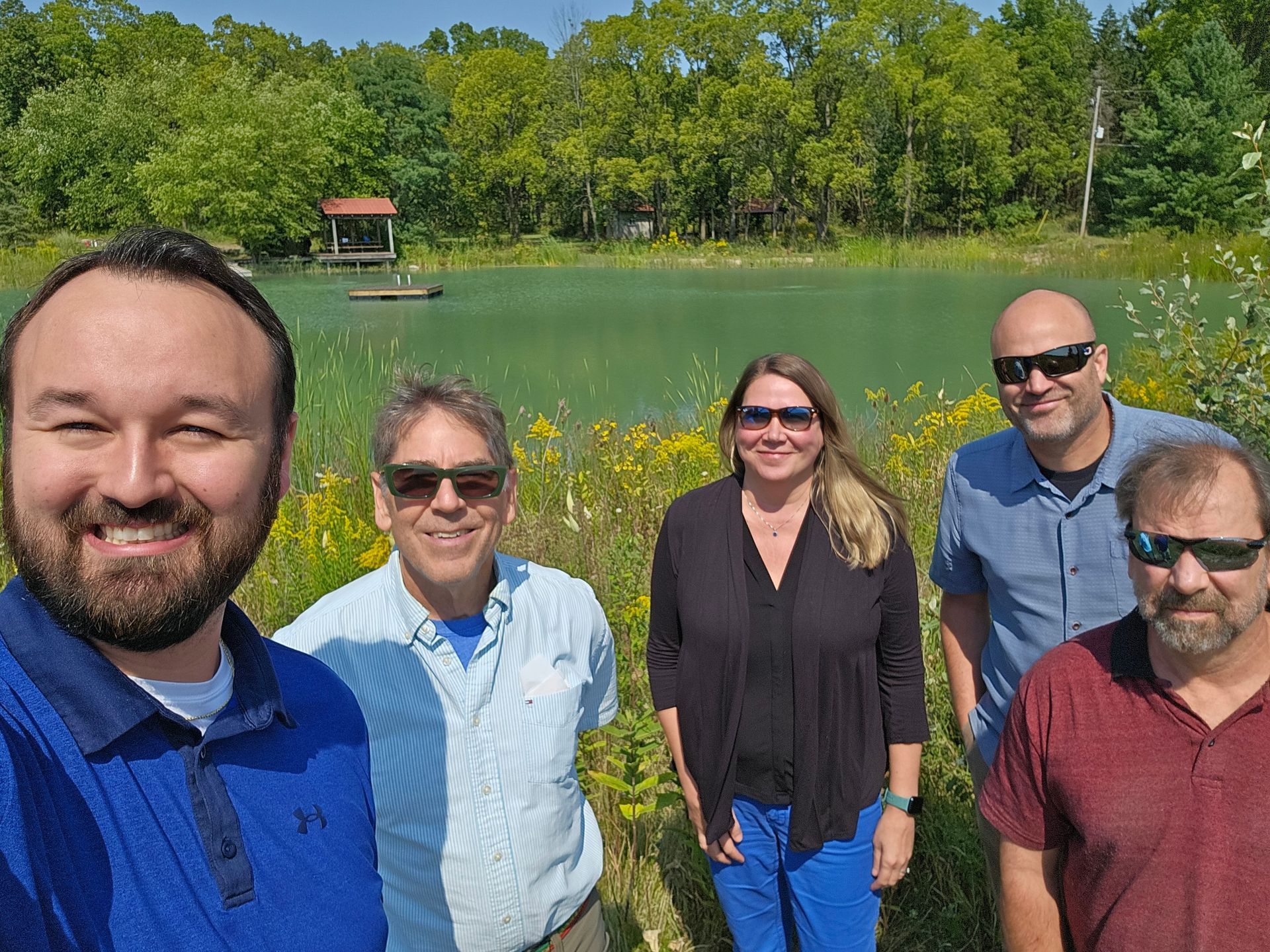Hydrolysis of NO2 on indoor surfaces is a major source of HONO
Ahmad Nabiyar • April 21, 2021
NO2 was measured by ECO PHYSICS CLD 88p + PLC 860 photolytic (metal halide lamp) converter.
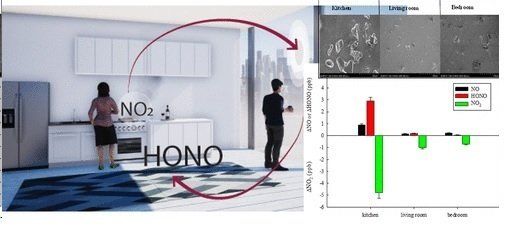
Nitrous acid (HONO) is an important gaseous pollutant that causes adverse health effects and is the main source of hydroxyl radicals (OH). New scientific investigations suggest that in the absence of UV light and combustion processes, the heterogeneous hydrolysis of nitrogen dioxide (NO2) on indoor surfaces can be a major HONO source.
In the referenced paper the researchers, Gligorovski, S., Liu, J et al, study the contribution of NO2 to HONO production under different conditions. NO2 was measured by ECO PHYSICS CLD 88p + PLC 860 photolytic (metal halide lamp) converter. According to authors, the advantage of the photolytic converter in this particular study is that in prevents interference from HONO and other NOy species which is not the case for NOx instruments using molybdenum converters.
Liu, J., Deng, H., Lakey, P. S., Jiang, H., Mekic, M., Wang, X., ... & Gligorovski, S. (2020). Unexpectedly High Indoor HONO Concentrations Associated with Photochemical NO2 Transformation on Glass Windows. Environmental Science & Technology, 54(24), 15680-15688.
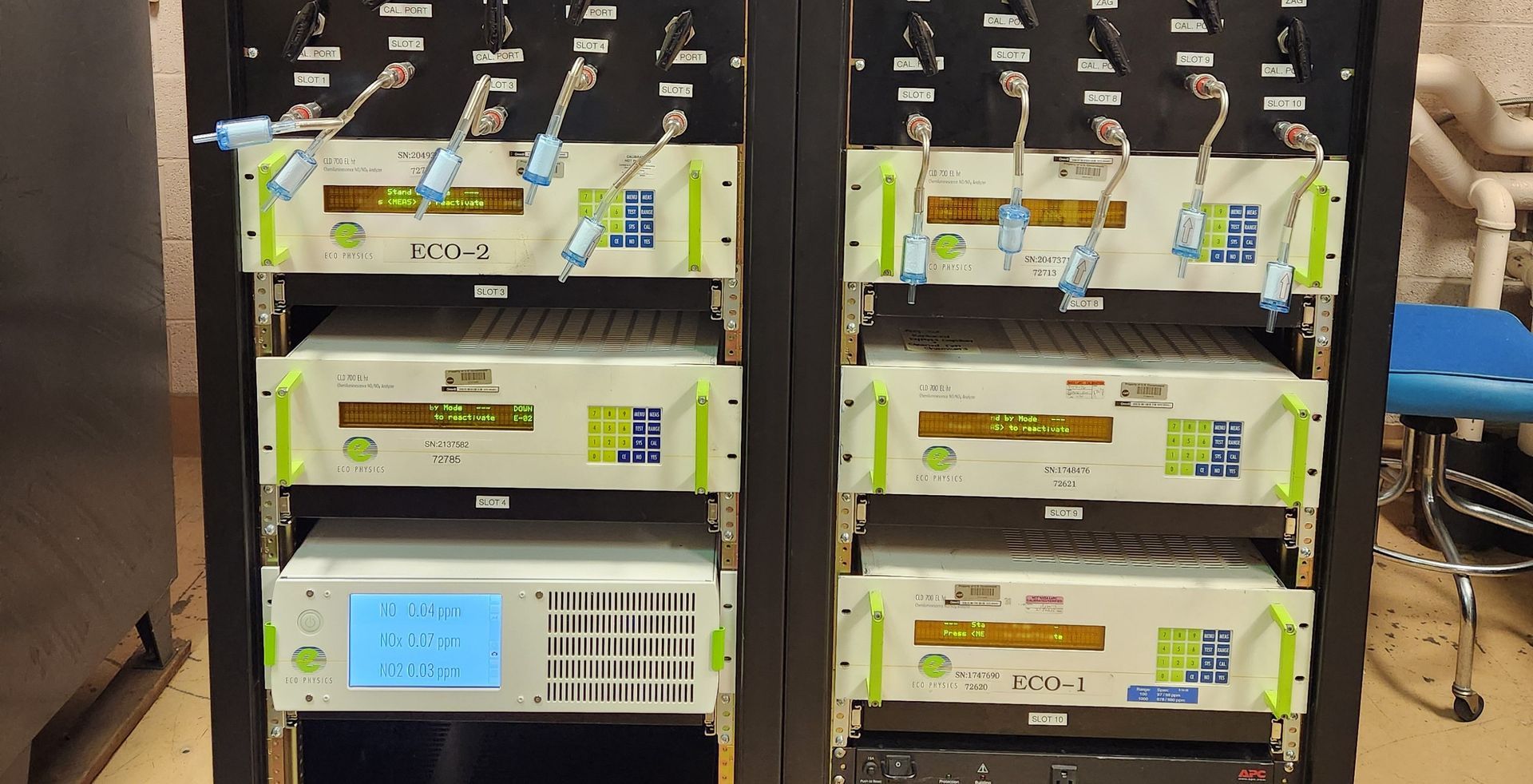
ECO PHYSICS recently visited the NASA Glenn Research Center in Cleveland, Ohio. Glenn is NASA’s only research center in the Midwest, officially named after John Glenn in March 1999. This site was established in 1941 and was incorporated into NASA in 1958. It is NASA’s third oldest research center. The purpose of the facility has evolved over the years, it was originally for aircraft propulsion studies and now it creates advanced technology for aviation and space exploration. Their facilities currently include wind tunnels, drop towers, vacuum chambers, and a research aircraft hangar. We were fortunate enough to see some of these and take some photos during our installation and training visit. Glenn is involved with many important projects, such as the International Space Station and the Artemis Program, which is NASA’s latest plan to return to the Moon. We hope to be involved in more of the great work and research that NASA Glenn will do in the future. Thank you to Krystal and Dawn for their time.

